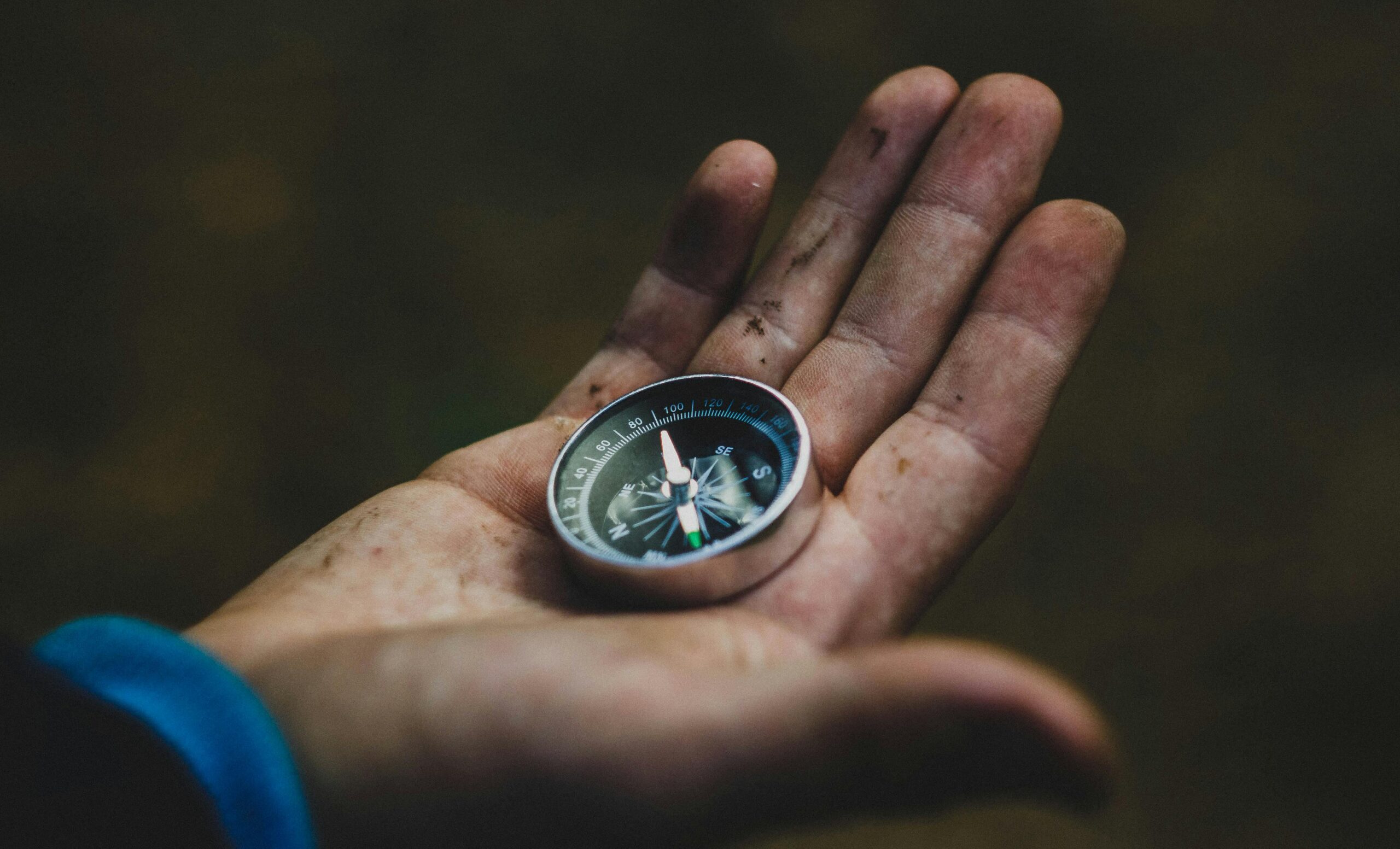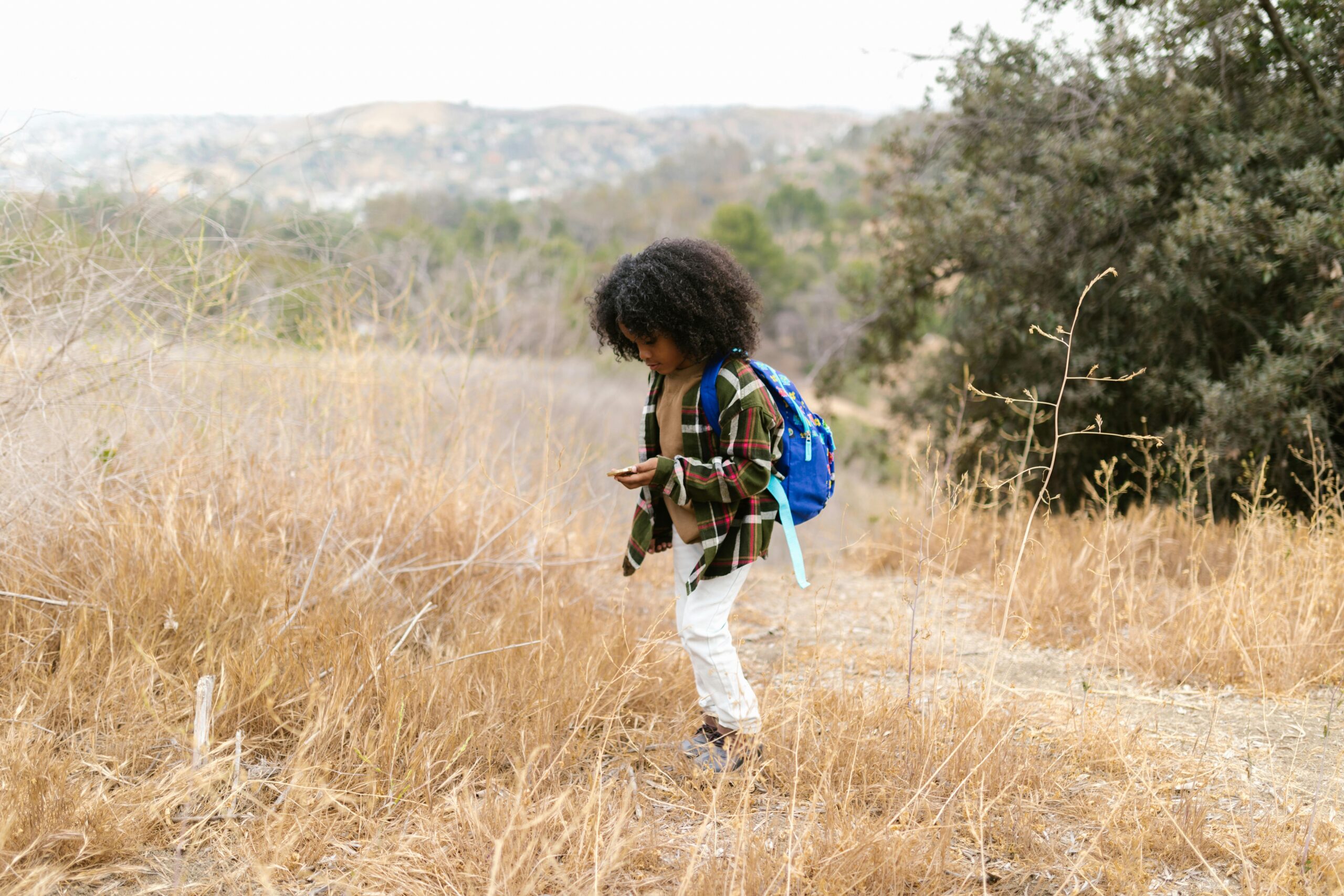Getting lost on a hike can be a nerve-wracking experience, but staying calm and knowing what to do can make all the difference. Even the most experienced hikers can lose their way due to unexpected weather changes, poorly marked trails, or momentary lapses in navigation. Whether you’re on a short day hike or a multi-day trek, having a plan in place can help you regain your bearings and get back to safety.
If you ever find yourself lost in the wilderness, follow these steps to stay safe, signal for help, and find your way back.
1. Stop and Stay Calm
Panic is your worst enemy when you’re lost. Instead of rushing in a random direction, take a deep breath and follow the S.T.O.P. method:
🔹 S – Stop: Pause and assess your surroundings.
🔹 T – Think: Recall the last known landmark or trail marker you passed.
🔹 O – Observe: Look around for familiar signs, footprints, or trail blazes.
🔹 P – Plan: Decide on the next steps based on your situation.
💡 Pro Tip: If you’re hiking with others, stay together and avoid separating to “search” for the trail.
2. Try to Retrace Your Steps
Before venturing further, take a moment to think about how you got to your current location.
🗺 Look for recognizable landmarks such as streams, rock formations, or distinct trees.
👣 Check for footprints (yours or others) leading back to the main trail.
🧭 Use a compass or GPS if available to reorient yourself.
💡 Pro Tip: If you’ve lost the trail, walk backward for a short distance, scanning for signs of the path you left behind.
3. Check Your Map and Navigation Tools
A well-prepared hiker always carries a map, compass, or GPS device—and now is the time to use them.
📍 Paper Map & Compass – Find your last known location and orient yourself using topographical features.
📱 GPS & Navigation Apps – If you have AllTrails, Gaia GPS, or Google Maps, check your saved trail route.
🔋 Conserve Battery Life – If using a smartphone, switch to airplane mode or a power-saving setting to preserve battery.
💡 Pro Tip: Even if you’re unsure of your location, moving toward a lower elevation or water source can sometimes lead to roads or campsites.
4. Listen and Look for Signs of Civilization
If you’re near a populated area, you might hear or see clues that help guide you back:
🔊 Listen for sounds of traffic, dogs barking, or distant voices.
🚁 Look for man-made structures like fences, cabins, or utility poles.
🌲 Follow water sources – Rivers and streams often lead to roads or settlements.
💡 Pro Tip: If it’s getting dark or the weather is turning bad, it’s safer to stay put than to wander aimlessly.
5. Signal for Help
If you realize you’re completely lost and unable to navigate back, start signaling for rescue.
🔦 Use a flashlight or mirror to reflect sunlight and attract attention.
📢 Whistle for help – Three short whistle blasts is the universal distress signal.
🔥 Start a small fire (if conditions allow) to create visible smoke.
📝 Leave markers like stacked rocks or bright-colored clothing in an open area.
💡 Pro Tip: If you have cell service, call for help and provide your last known location. If no service, try texting 911—some areas allow emergency texts to go through.
6. If You Must Move, Do It Smartly
If staying put isn’t an option (e.g., you’re in immediate danger from weather or terrain), follow these rules:
📍 Move in one direction instead of wandering aimlessly.
🚶♂️ Stick to clearings, ridgelines, or valleys where you are more visible.
💧 Follow water sources – Streams often lead to roads or campsites.
🧢 Conserve energy – Avoid overexertion, especially if water and food are limited.
💡 Pro Tip: Avoid climbing steep terrain unless necessary. It’s often safer and easier to descend than ascend.
7. Be Prepared for the Unexpected
Even the most careful hikers can get lost, but proper preparation can prevent a minor mishap from turning into an emergency.
🎒 Always pack The Ten Essentials (including a map, compass, extra food, and first-aid kit).
📱 Share your hiking plan with a friend or family member before heading out.
⏳ Start hikes early so you have plenty of daylight in case of delays.
💡 Pro Tip: Carry a personal locator beacon (PLB) or satellite messenger like a Garmin inReach for emergency rescues in remote areas.
Conclusion: Stay Smart, Stay Safe, and Enjoy the Trail
Getting lost on a hike can be scary, but staying calm and following a plan will increase your chances of finding your way back safely. By preparing with the right gear, navigation tools, and survival knowledge, you can explore the outdoors confidently and turn a potentially stressful situation into a learning experience.
🏕 Have you ever been lost on a hike? Share your story and tips in the comments below! Don’t forget to subscribe for more hiking safety and adventure tips.




Leave a Reply